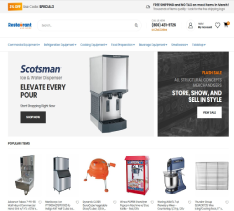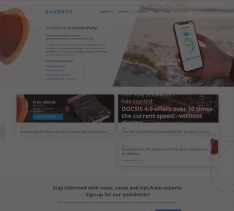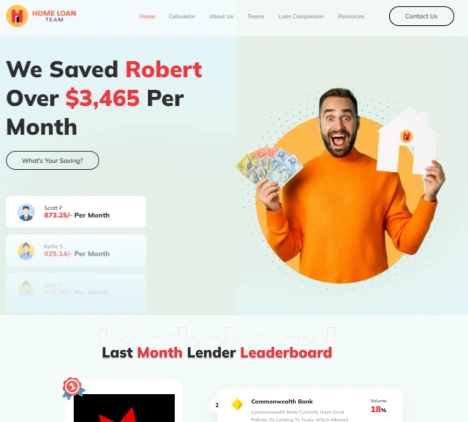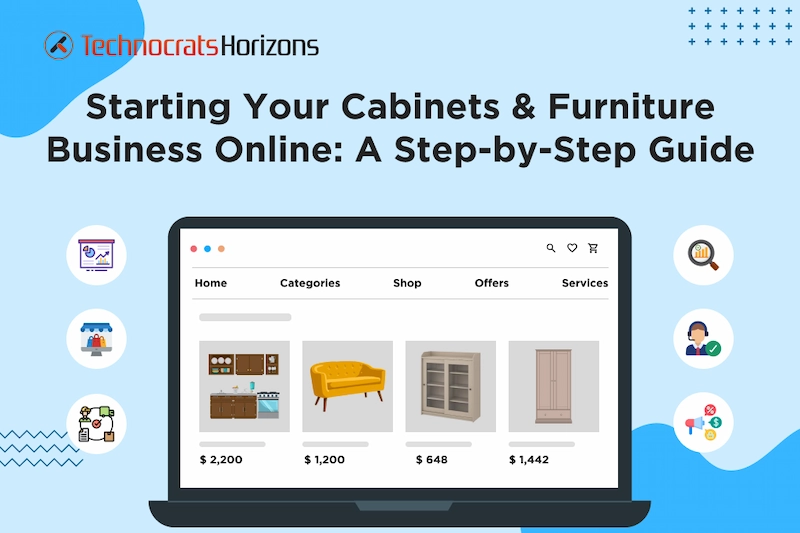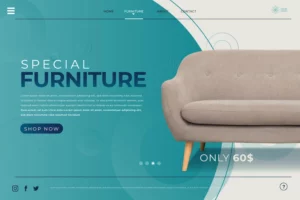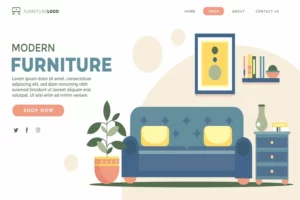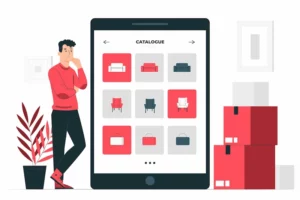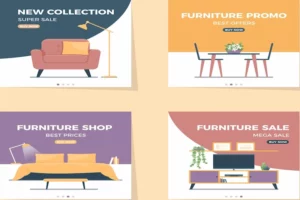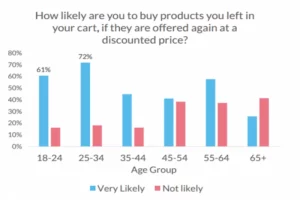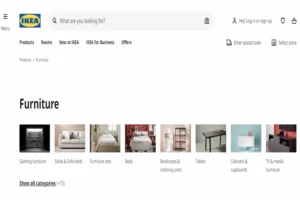Do you ever feel like your business is not generating your target revenue without knowing where it is going wrong? Well, if you’re a cabinets and furniture business not yet in the eCommerce game, that might be the case.
82% of people are already scrolling, clicking, and shopping online for their next furniture piece. So stop waiting and start your eCommerce journey now!
We understand that taking such a complicated, extensive, and customized business online can seem like a daunting task. That’s why we have compiled an exclusive guide for you where you will get to know everything about eCommerce, how to take your business online and promote it, and how doing this will benefit your overall business.
So, let’s ensure your furniture and cabinets get the attention they deserve in this digital era. Read this blog post and by the end of it, you will have a clear idea of what to do next.
What is eCommerce and Why Does It Matter for Your Cabinetry and Furniture Business?
In simple terms, eCommerce is having an online store for your furniture and cabinets that never closes. It’s the modern way of buying and selling, where your products are showcased on the internet, waiting for customers to explore and make a purchase whenever they feel like it.
a. Having Your Store Always Open
Think of it this way: your traditional store is now online, open all day, every day. Whether someone is wondering about a new living room setup at 3 AM or a busy professional is browsing during a lunch break, your virtual store is there for them, ready to showcase your craftsmanship whenever inspiration strikes.
b. Reach Across The Globe
One of the coolest things about eCommerce is that it lets you go big! No more being limited to customers nearby. Now, your multipurpose cabinets and furniture can catch the eye of people from different cities, countries, or even continents.
c. Shopping Made Easy
For you, the business owner, eCommerce is like having a store without the usual hassles. No need to worry about maintaining a physical shop or sticking to specific opening hours. And for your customers, it’s a breeze. They can scroll through your online catalog, check out the details, and make a purchase with a simple click – all from the comfort of their sofa.
d. Smooth Transactions, Anytime
Transactions are not complicated either. Forget about cash exchanges – eCommerce uses secure online payments. It’s a win-win. Your customers enjoy a hassle-free shopping experience, and you have a secure and smooth financial process.
e. Get Smart Insights
The online world comes with many perks. eCommerce platforms give you smart data – who’s buying what, when, and why. This helps you make savvy decisions for your business.
Benefits of Having A Cabinetry and Furniture eCommerce Store
Now, let’s dive into the wealth of advantages this digital shift can bring.
∙ Enhanced Marketing Opportunities
eCommerce opens the door to a plethora of online marketing strategies – from targeted social media campaigns to search engine optimization (SEO) – allowing you to showcase your cabinetry and furniture products to a vast online audience.
∙ Effortless Product Showcase
You can showcase your entire range of products through cabinetry and furniture eCommerce store effortlessly. High-quality images, detailed product descriptions, and even virtual tours can give your online visitors an immersive experience, helping them envision your products in their own spaces.
∙ Seamless Customer Feedback Loop
Customer feedback is invaluable. In the eCommerce landscape, you have the advantage of instant and direct customer interaction. Reviews, ratings, and testimonials not only build trust among potential buyers but also provide you with real-time insights into what your customers love about your cabinetry and furniture, helping you tailor your offerings to meet their preferences.
∙ Connect with Diverse Customers
Your products cater to a spectrum of tastes and preferences. Going online means connecting with a diverse audience. Whether they lean towards classic wooden cabinets or seek out modern furniture designs, your products can find a place in various homes, widening your market reach.
∙ Save on Operational Costs
Running a physical store entails costs like rent, utilities, and staffing. Embracing eCommerce allows you to trim these expenses, providing you with additional resources to reinvest in the quality and uniqueness of your cabinetry and furniture products.
∙ Adaptability to Trends and Seasons
Trends and seasons change, and so do customer preferences. eCommerce gives you the agility to adapt quickly. Whether it’s incorporating seasonal variations into your product line or staying ahead of the latest design trends, the digital space allows your cabinetry and furniture eCommerce business to remain flexible and responsive to market demands.
Wondering How to Take Your Business Online? Let's discuss!
Step-By-Step Guide For Building Your Cabinetry and Furniture eCommerce Platform
Now comes the step of putting your plan into action. Building a cabinetry and furniture eCommerce platform doesn’t happen overnight. You need an A to Z guide to follow a streamlined development process. Here’s a breakdown of this process:
Step 1. Defining Your eCommerce Goals
This is the first step of building your eCommerce business. We have given you a breakdown below so you can begin this process smoothly-
a. Identify Your Objectives
It’s crucial that you define what you actually want to achieve from this venture. Whether it’s expanding your customer base, increasing sales, or boosting brand visibility, specific goals provide a roadmap for success.
If your goal is to increase sales, set a specific target, such as a 20% increase in online revenue within the next 12 months.
b. Establish Measurable Metrics
Create key performance indicators (KPIs) to track and measure your progress towards each goal. Here are some examples of marketing metrics – website traffic, conversion rates, and customer acquisition costs.
Monitor website traffic using tools like Google Analytics and review them regularly to analyze how your platform will perform.
c. Align Goals with Business Mission
Ensure that your eCommerce goals align with your overall business mission. This ensures a cohesive strategy that enhances your brand identity and values.
If your business emphasizes sustainability, consider a goal related to the promotion of eco-friendly furniture options.
Step 2. Conducting Market Research
Now, this is a very crucial step. Studying your competitors and modern market dynamics can give an edge to your business.
a. Define Your Target Audience
Identify your ideal customer demographics, preferences, and behaviors. Understanding your target audience is crucial for tailoring your eCommerce strategy.
For example, if your specialty is custom-made vintage cabinets, your target audience might include homeowners with a preference for unique, timeless furniture.
b. Analyze Competitor Strategies
Research and analyze the eCommerce strategies of your competitors. Identify what works well for them and areas where you can differentiate your business.
Analyze competitor websites, social media presence, and customer reviews to understand their strengths and weaknesses.
c. Identify Market Trends
You need to stay ahead of current market trends in the cabinetry and furniture industry. It is crucial to not just sustain your business but also to scale it as per your goals. This insight can help you adapt your products and marketing strategies to meet evolving consumer demands.
d. Utilize Market Research Tools
Leverage market research tools and platforms to gather data on industry trends, customer behavior, and competitor performance.
Smart Tip: You can use tools like Semrush or Ahrefs to analyze keyword trends related to cabinetry and furniture, they can help you understand popular search queries and topics.
Step 3. Developing a Business Plan
Launching such a huge project without a proper business plan could be disastrous, so we have underlined some major points that you need to plan ahead of time:
a. Define Your Unique Selling Proposition (USP)
Describe clearly what sets your cabinetry and furniture eCommerce business apart from competitors. Your USP should be decided by keeping your customers and their needs in mind.
If your USP is customized products, highlight that you are providing products for all needs and specifications.
b. Outline Marketing Strategies
Develop comprehensive marketing strategies to promote your eCommerce venture. This includes online advertising, social media campaigns, and content marketing.
For example, allocate a budget for targeted Facebook and Instagram ads showcasing your latest furniture collections.
c. Set Financial Targets
Establish financial targets, including revenue projections, expenses, and profitability goals. This creates a financial roadmap for your eCommerce business.
Set a goal to achieve x% increase in online revenue within the first year, taking into account advertising costs and product margins.
d. Create a Timeline
Develop a timeline outlining key milestones and deadlines for your eCommerce launch. This ensures a structured approach to implementation.
Break down tasks such as website development, product photography, and marketing campaigns into monthly or quarterly milestones.
Step 4. Choosing the Right eCommerce Platform
Now this is where the real development process begins. It is also a very crucial decision since each platform has something different to offer.
a. Evaluate Platform Features
There are plenty of eCommerce platform options like Shopify and Woocommerce. Research and compare features of top eCommerce platforms. Consider various factors like customization options, number of functionalities, and cost of buying and maintaining that platform.
b. Assess Integration Capabilities
No platform offers a complete solution so there must always be a scope of API integrations. Ensure the chosen platform integrates seamlessly with essential tools such as payment gateways, inventory management systems, and analytics tools.
c. Consider Scalability
Choose a platform that can scale with your business growth. This is crucial as your product catalog expands, and customer traffic increases.
For example: Magento is known for its scalability, making it suitable for businesses planning significant growth in the future.
Step 5. Designing Your Online Store
This is the stage that will decide what your eCommerce website will look like. It has the power to make or break your business in the online selling world.
a. Prioritize User-Friendly Navigation
Optimize your website’s navigation to ensure a seamless and intuitive user experience. Prioritize easy access to product categories, a clear checkout process, and visible contact information.
Explore websites like IKEA for inspiration, noting how they categorize products and simplify the browsing experience.
b. Focus on Visual Appeal
Invest in a visually appealing design that showcases the aesthetic appeal of your cabinetry and furniture. High-quality images and a cohesive color scheme contribute to a compelling online presence.
c. Mobile Responsiveness
According to Statista, mobile eCommerce sales will account for 73.5% of all retail eCommerce sales by 2025.
Ensure your online store is fully responsive to different devices, especially mobile phones and tablets since a large portion of online shopping occurs on mobile devices.
d. Test User Experience
Conduct usability testing to identify potential issues and refine the user experience. A smooth and intuitive design enhances customer satisfaction and encourages repeat visits.
Step 6. Creating Effective Product Listings
Craft detailed and compelling product descriptions that highlight key features, materials used, and unique selling points. Your product listing page must have relevant keywords to improve search engine visibility.
Furthermore, invest in professional-quality images that showcase your cabinetry and furniture from multiple angles. High-resolution visuals offer customers a virtual “close-up” of your products.
Display different variations of your products, such as colors, sizes, and customization options. This helps customers make informed choices.
Encourage customer reviews and include user-generated content to build trust. Positive reviews and images submitted by satisfied customers serve as powerful marketing tools.
Step 7. Setting Up Payment Processing Methods
We are not living in a world where cash is king anymore! You need to offer many payment options to accommodate various customer preferences. This includes credit cards, digital wallets, and other secure payment methods.
According to Statista, mobile wallets are the most popular online payment method globally.
Communicate pricing, including any additional fees or taxes, during the checkout process. Transparent pricing prevents customer dissatisfaction.
Also, prioritize the security of customer transactions by implementing SSL certificates and adhering to industry-standard security practices.
Ensure to simplify the checkout process to minimize friction. Implement features like guest checkout and one-click ordering for a seamless experience. All these are very crucial to delivering a frictionless shopping experience.
Step 8. Customer Support Strategies
Offer various channels for customer inquiries, including email, live chat, and a dedicated customer support phone line. Accessibility enhances customer satisfaction. You can also integrate live chat support on your website for immediate assistance. Real-time communication can address customer concerns promptly.
Encouraging customers to provide feedback on their experiences can help you enhance your online selling platform. This valuable input can highlight areas for improvement and showcase positive interactions.
Want to Build eCommerce Store For Your Business? Let's Discuss!
Marketing Your Cabinetry and Furniture eCommerce Business
Every year so many businesses try to build their cabinetry and furniture eCommerce platform and despite doing everything by the book, they fail. Most of the time the reason is an absent or lacking marketing approach. This section will help you to market your eCommerce platform just right:
1. Developing a Marketing Strategy
Set concrete marketing goals that align with your overall eCommerce objectives. If you aim to boost brand awareness or drive sales, specific and measurable goals are crucial.
Choosing the right marketing channels is equally important. Depending on your audience’s preferences, you might prioritize channels like social media, content marketing, or email campaigns. Allocate your marketing budget strategically across these channels, keeping in mind that effective marketing is an investment in your brand’s visibility and growth.
2. Utilizing SEO and PPC
Your online store needs to be seen on top to sell more. To do that, begin by conducting thorough keyword research. Tools like Google Keyword Planner can help you discover high-volume keywords such as “custom wood cabinets” or “modern furniture designs.” Integrating these keywords naturally into your website content enhances its visibility on search engines.
When it comes to paid advertising, Pay-Per-Click (PPC) campaigns can significantly impact your visibility. Platforms like Google Ads offer targeted advertising solutions. For instance, if someone searches for “custom cabinets,” having a well-crafted PPC campaign ensures that your business appears prominently in the search results. This can be especially effective in reaching potential customers actively looking for cabinetry and furniture products.
3. Marketing on Social Media
In the age of digital connectivity, social media has become a powerful tool for marketing. Platforms like Instagram, Pinterest, and Facebook provide a visually engaging space to showcase your cabinetry and furniture products. You need to identify where your target audience is most active and tailor your content to that medium.
4. Content Marketing
Content marketing goes beyond showcasing your products; it’s about telling a compelling story that resonates with your audience. Create blog posts, articles, or videos highlighting the craftsmanship behind your cabinetry, the inspiration behind your furniture designs, or trends in the industry.
This not only positions your brand as an authority but also improves your website’s search engine ranking, driving organic traffic.
5. Email Marketing
Email marketing remains a potent tool for nurturing relationships with existing customers and attracting new ones. Develop a segmented email list based on customer preferences or purchase history. Tailor your emails to provide relevant content, exclusive offers, and updates on new products.
Personalized emails have shown higher engagement rates. For instance, addressing a customer by their name and recommending products based on their past purchases can significantly enhance the effectiveness of your email campaigns.
How to Sell Cabinets and Furniture Online Through eCommerce Store
A good marketing approach should be followed by an excellent sales strategy. Since the end goal of every cabinetry and furniture eCommerce platform is to do online sales, the below-given tips will help you to build a sales strategy that complements your online store:
1. Product Photography and Videography
According to a study by BigCommerce, 78% of online shoppers want more images from eCommerce sites.
Clear, well-lit images and engaging videos offer potential customers a virtual showroom experience, allowing them to appreciate the intricacies of your products.
Consider hiring a professional photographer or investing in quality equipment if possible. Provide multiple angles, close-ups, and lifestyle shots to give customers a comprehensive view.
2. Writing SEO-Rich Product Descriptions
Compelling product descriptions are your online sales pitch. Beyond listing specifications, tell a story about each piece. Highlight the unique features, the inspiration behind the design, and the materials used. Use language that resonates with your target audience, whether it’s the elegance of a vintage cabinet or the modern aesthetic of a minimalist chair.
Optimize your descriptions for search engines by incorporating relevant keywords naturally. Think about the questions customers might have and address them in your product descriptions. The goal is not just to sell a product but to create a connection with the customer.
3. Offer Transparent Pricing and Discounts
According to stats, 54% of customers will buy the products if offered again at a discounted price.
Transparent pricing is crucial in the cabinetry and furniture eCommerce market. Display the prices of your cabinetry and furniture, and if applicable, offer various pricing tiers for customization options. Consider implementing discounts or promotions strategically to drive sales. Limited-time offers or bundling deals can create a sense of urgency, encouraging customers to make a purchase.
4. Upselling and Cross-Selling
According to a report, product recommendations account for up to 31% of eCommerce revenues.
Don’t just focus on finishing a sale but ensure that customers buy more than what they came for. For upselling, encourage customers to consider premium or upgraded versions of the furniture they’re interested in. For cross-selling, suggest complementary pieces that enhance their overall decor.
Use strategic placement on your website to showcase upsell and cross-sell options during the customer’s shopping journey.
Ready to Boost Sales with an Online Furniture Store? Reach Out Now!
Case Studies of Successful Cabinets and Furniture eCommerce Brands
Let’s delve into real-world examples of cabinetry and furniture businesses that have successfully transitioned to eCommerce, showcasing the transformative power of an online presence.
1. IKEA: A Global Furniture Giant
IKEA, known for its affordable and stylish furniture, has seamlessly embraced eCommerce to cater to a global audience. Their online platform allows customers to explore and purchase a vast range of furniture items, from cabinets to sofas, with the convenience of doorstep delivery
Key Takeaway: IKEA’s success demonstrates the global reach and accessibility that eCommerce offers to furniture businesses. Their user-friendly website and efficient logistics showcase the potential for scaling operations through online channels.
2. Wayfair: Online Furniture Marketplace
Wayfair has established itself as a prominent cabinetry and furniture eCommerce marketplace. It has become a go-to destination for those seeking unique and affordable furniture pieces by curating a diverse range of products and employing targeted digital marketing strategies.
Key Takeaway: Wayfair’s success highlights the importance of a well-executed online marketplace, where a wide variety of products meets the demands of a broad customer base. Their use of SEO, content marketing, and strategic partnerships have contributed to their prominence in the online furniture landscape.
3. Etsy: A Premium Customized Furniture eCommerce Platform
Etsy has become a hub for independent artisans and custom furniture makers to showcase their creations. With a focus on unique, handcrafted items, Etsy provides a platform for small businesses to thrive in the competitive world of online retail.
Key Takeaway: Etsy exemplifies how eCommerce can empower small cabinetry and furniture industry businesses. By emphasizing craftsmanship, customization, and a direct connection with customers, Etsy demonstrates the potential for niche markets within the online landscape.
Key Benefits of a Powerful Backend in Cabinetry and Furniture eCommerce
This is where the magic happens. A powerful backend is not just a convenience but a necessity as it streamlines critical aspects of your operations so your online store’s forefront can thrive without any complications.
1. Improved Efficiency
A strong backend has the potential to automate numerous tasks integral to running an eCommerce business. This automation, including order processing, inventory management, and shipping, translates into significant time savings. By letting the system handle routine operations, you gain the bandwidth to focus on strategic aspects like marketing and enhancing customer service.
2. Reduced Costs
Streamlining operations through a powerful backend doesn’t just save time; it also means cost savings. Automation reduces the need for manual labor, minimizing the margin for errors and speeding up processes. This efficiency can lead to lower operational costs, contributing to the overall financial health of your business.
Automation in inventory management can prevent overstocking or stockouts, optimizing your storage costs and preventing potential revenue loss.
3. Improved Customer Satisfaction
A robust backend powered with CRM tools can take customer engagement and satisfaction to another level. Additionally, efficient customer support tools within the backend contribute to resolving issues swiftly, enhancing the overall customer experience.
For example, suppose a customer has a query about the delivery time of a furniture piece. In that case, a well-integrated backend allows your customer support team to access real-time shipping information and provide an accurate response.
Key Features of a Powerful Backend
To experience the above benefits of a powerful eCommerce backend, you need to have certain features. We have chosen the most crucial backend features required for a scalable and smooth cabinetry and furniture eCommerce platform:
1. Inventory Management
A comprehensive backend should offer real-time tracking of inventory levels. This functionality is crucial for businesses dealing with cabinets and furniture, where stock levels can fluctuate based on demand and production cycles.
Furthermore, inventory management can get more complicated for cabinetry and furniture eCommerce businesses that are offering customization options as there are different styles and specifications chosen by customers that need special handling. To keep track of such orders and fulfill them without any hassles you need a powerful backend.
2. Order Management
Suppose you have opened your online store but you suddenly start receiving so many orders without any idea how to handle them. This could lead to a lot of chaos and losses. A powerful backend streamlines the order processing journey, from order placement to fulfillment. It allows you to track orders at every stage, ensuring a smooth and transparent process.
The backend system can categorize orders based on their status, providing a quick overview for your team and enabling them to prioritize tasks effectively.
3. Shipping Management
Efficient shipping management is vital for eCommerce success. The backend facilitates the tracking of shipments in real time and provides customers with accurate delivery estimates.
The backend system can integrate with shipping carriers, automatically generating labels and providing customers with tracking information as soon as their order is dispatched. This feature is crucial to build credibility in your customers’ minds.
4. Customer Relationship Management (CRM)
According to a study by PwC, 73% of customers say that a good customer experience is one of the crucial factors in their purchase decisions.
Offline sales have many opportunities to build good and long-lasting custom relationships but that interpersonal element gets lost in eCommerce stores. A robust CRM component within the backend enables you to manage customer interactions effectively. The CRM features can store customer preferences, allowing your team to personalize interactions and offer tailored recommendations based on past purchases.
5. Reporting and Analytics
A powerful backend should provide comprehensive reporting and analytics to make informed business decisions. These insights offer a clear view of your business performance, helping you identify trends, optimize strategies, and plan for future growth.
Through detailed reports, the backend system can highlight top-performing products, track customer behavior, and provide data on sales trends, empowering you to make data-driven decisions.
In essence, investing in a powerful backend is an investment in the efficiency, cost-effectiveness, and customer satisfaction of your cabinets and furniture eCommerce business.
Conclusion
After exploring the ins and outs of cabinets and furniture eCommerce business through this guide, we are sure that you must have made up your mind about investing in it. But this is such a technical and complex task that you will need professional help.
Technocrats Horizons, a leading eCommerce development and digital transformation company, offers end-to-end eCommerce solutions for the cabinets and furniture industry. With our expert solution, you won’t have to worry about a single thing as it comes with a highly intuitive, interactive, and customized interface for building high customer engagement and simplifying the shopping process while our powerful backend takes care of your eCommerce business operations. Reach out to us for a quick discussion about your business and we will offer the best solutions for it.
Ready to Elevate Your Cabinetry & Furniture Business Online? We're Your Expert Partners!
Launch your online store with ease!
Book a demo to see how our solution helps you showcase, sell, and manage cabinets and furniture effortlessly.


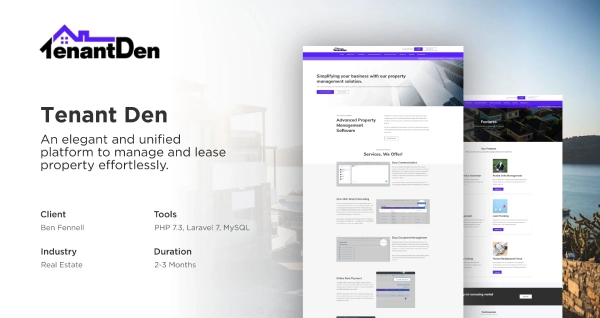
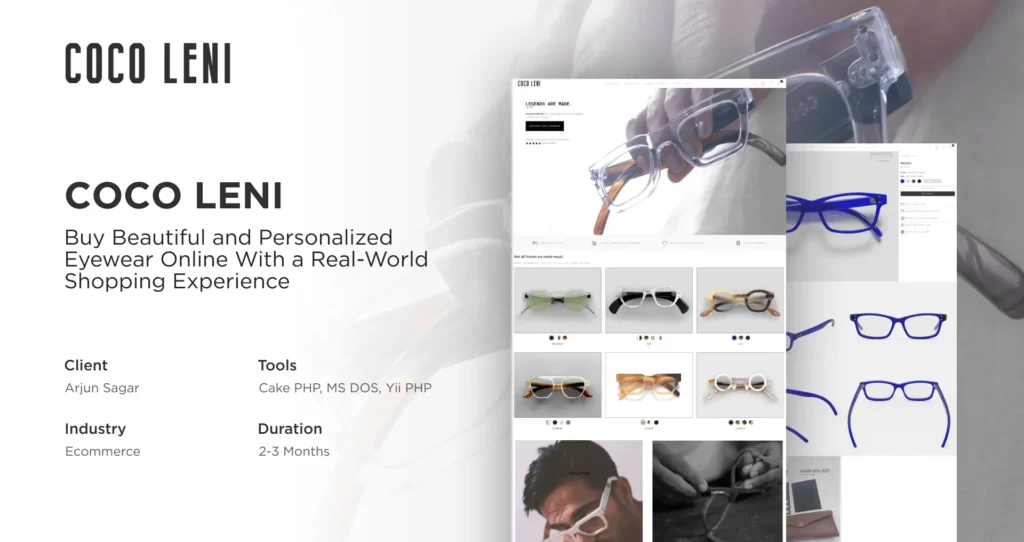
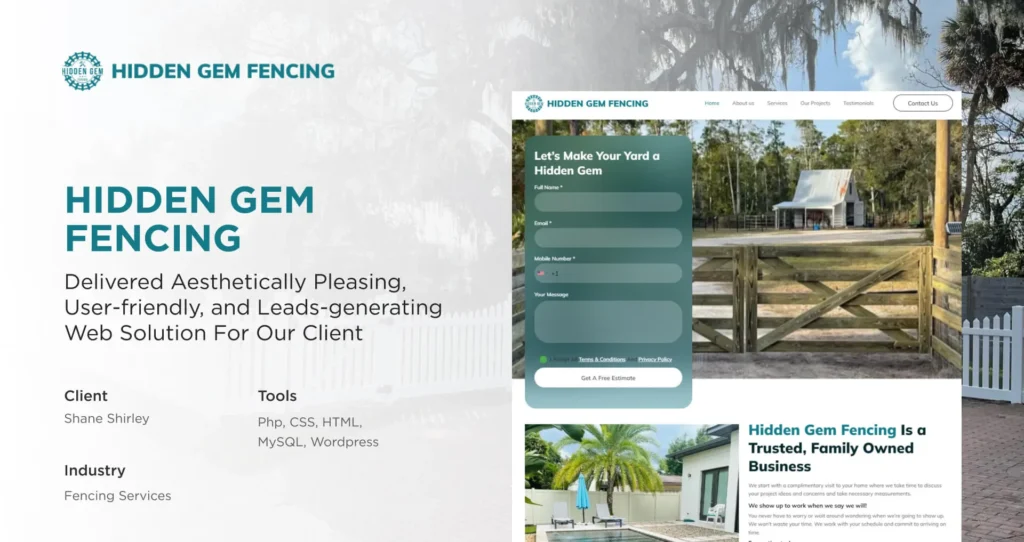



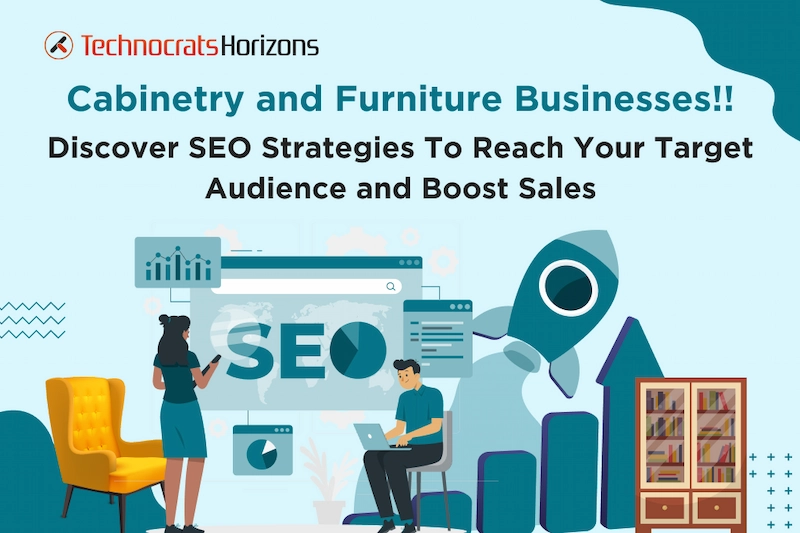


 Request a
Request a













